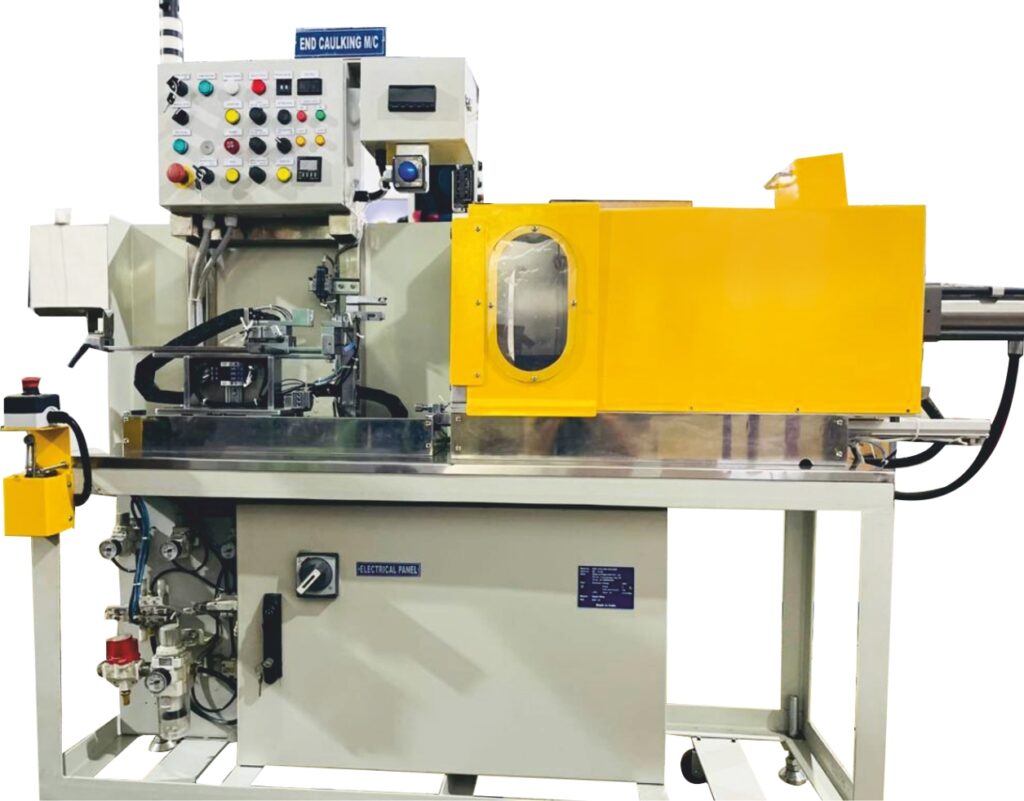Hose Crimping
Hose crimping is a process of creating a secure and permanent connection between a hose and a fitting by compressing them together using a crimping machine. This method is commonly used in industries such as hydraulic systems, automotive, plumbing, and fluid handling applications. The crimping process ensures a leak-free and reliable connection, offering several advantages over other connection methods like hose clamps or threaded fittings. Here’s an overview of the hose crimping process:

Hose and Fitting Preparation: Start by selecting the appropriate hose and fitting for your application. Ensure that the hose and fitting are compatible in terms of size, type, and pressure rating. Cut the hose to the desired length, and if necessary, remove any debris or contaminants from the hose end and fitting.
Crimping Machine Setup: Set up the crimping machine according to the specifications of the hose and fitting. This involves selecting the correct die set, which matches the hose and fitting size, and adjusting the crimping machine settings, such as crimp diameter and crimping force, based on the manufacturer’s recommendations.
Lubrication: Apply a thin layer of lubricant or hydraulic oil to the inner surface of the fitting and the outer surface of the hose end. This helps in achieving smooth insertion and proper alignment during the crimping process.
Hose Insertion: Insert the hose end into the fitting until it reaches the predetermined insertion depth. Ensure that the hose is properly aligned with the fitting, and any positioning marks or alignment indicators are aligned correctly.
Crimping: Place the assembled hose and fitting into the crimping machine’s die set. Activate the machine to compress the die around the fitting and hose, applying a specific amount of pressure. The crimping machine typically utilizes hydraulic or mechanical force to compress the die, permanently deforming the fitting and hose to create a tight and secure connection.
Inspection: After the crimping process, inspect the crimped connection for any signs of defects, such as leaks, irregular shapes, or insufficient compression. Use visual inspection, pressure testing, or other methods as per industry standards to verify the quality and integrity of the crimped connection.
